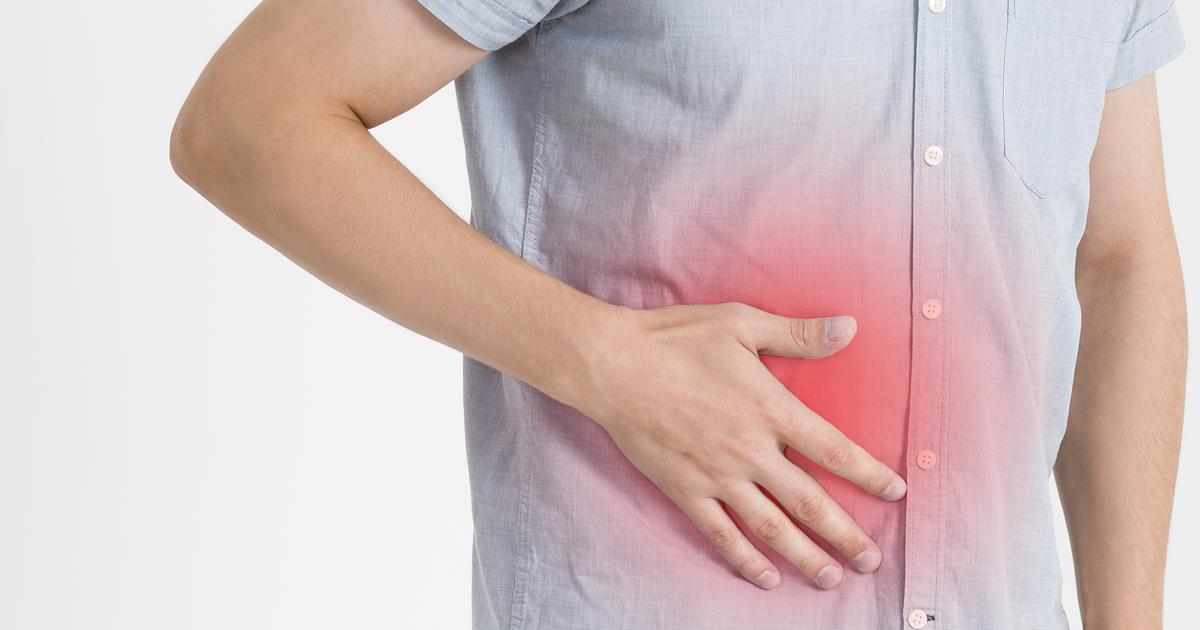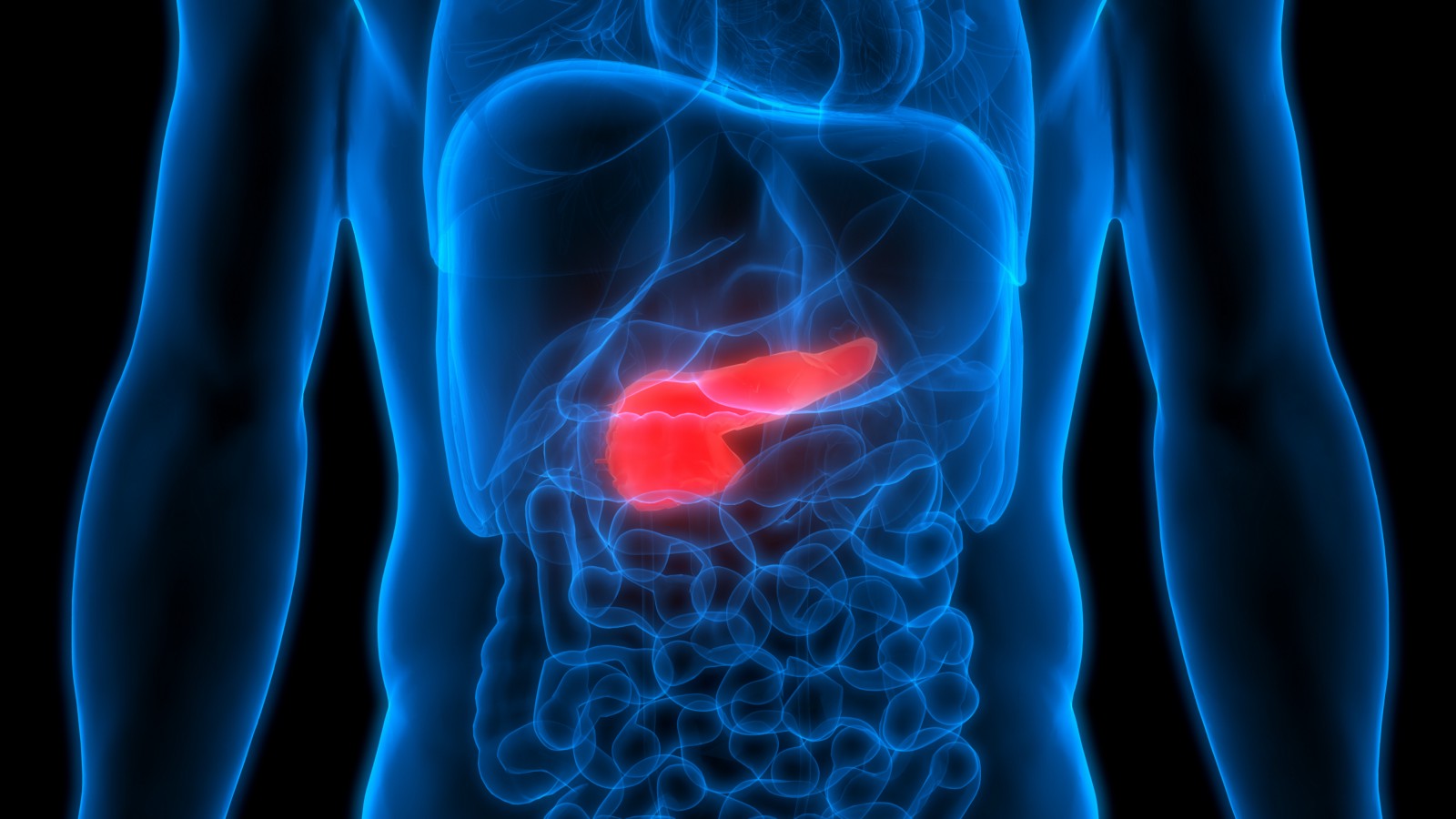Beyond Gallstones: 10 Conditions That Could Be Affecting Your Gallbladder
Think gallbladder trouble, and gallstones immediately spring to mind, right? But this small, pear-shaped organ tucked beneath your liver, a crucial player in fat digestion, can host a surprising array of other issues. When your gallbladder isn't happy, it can cause significant discomfort, often mistaken for other ailments. While its role in storing and releasing digestive bile is vital, it's also surprisingly vulnerable due to its central location. This isn't just about painful stones; a spectrum of conditions can turn this digestive ally into a source of misery. Ready to look beyond the usual suspect and uncover 10 other important conditions that could be impacting your gallbladder's health? Understanding these is the first step to finding relief.
1. Cholecystitis

Cholecystitis is a condition that occurs when an individual's gallbladder experiences inflammation. Most cases are the result of the obstruction of the bile duct by gallstones. A tumor in the gallbladder that prevents bile from draining out of the organ can also cause cholecystitis. Other causes of cholecystitis include viral infections, bile duct kinking, and blood vessel problems. Symptoms include severe upper right abdominal pain, vomiting, nausea, fever, shoulder pain, and back pain. Patients often experienced tenderness in the abdomen when touched and abdominal pain that worsens after consuming a meal as well. This condition is diagnosed with a physical examination, CT scans, endoscopic ultrasounds, and abdominal ultrasounds. Doctors will often order blood tests and a hepatobiliary iminodiacetic acid scan too. Treatment of cholecystitis includes hospitalization, intravenous fluids, antibiotic medication, pain medications, fasting, and a surgical procedure to remove the gallbladder.
2. Gallstone Pancreatitis

Gallstone pancreatitis is a condition where a stone develops in the gallbladder and makes its way into the pancreatic duct. This is the tube where fluids from the pancreas flow to the small intestine to assist with digestion. These pancreatic enzymes are produced in the pancreas and then activated a short time after leaving the gland to help digest food. When a gallstone moves into this duct and obstructs the flow of these fluids to the small intestine, they build up in the pancreas and become activated. The activated enzymes are corrosive to tissues not protected by a layer of mucus, like the lining of the small intestine. The corrosion causes widespread and severe inflammation of the pancreas. When pancreatitis results from a lodged gallstone in the pancreatic duct, it is referred to as gallstone pancreatitis. Symptoms include fever, chills, nausea, jaundice, squeezing upper abdominal pain, and vomiting. Doctors diagnose this condition with blood tests, computerized tomography scans, magnetic resonance imaging, and ultrasound. Treatment may include fasting and surgical removal of the gallstone.
